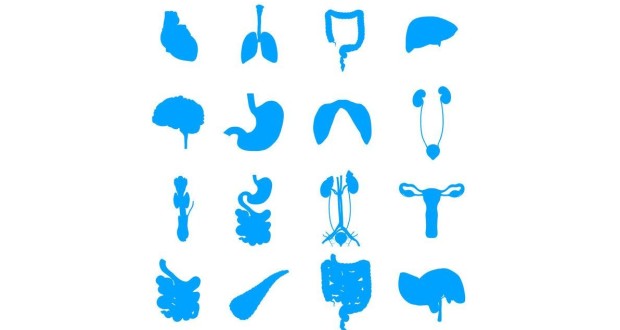It might sound impossible to believe, but there may come a day when donated organs come not from a human, but from a printer. Yes, you read that right ‒ medical researchers are attempting to use three-dimensional printers to manufacture vital organs.
The Power of Plastic
A prime example of such efforts involves a team at the Wake Forest Institute for Regenerative Medicine, who are attempting to manufacture synthetic organs with the aid of specialized 3-D printers. Known as bioprinters, these custom-built machines bear little resemblance to the printer used in your office. Instead, they look somewhat like claw machines, complete with a largely transparent exterior.
The contents of bioprinters, of course, are far more noteworthy and important. They house a row of six syringes, one of which contains biocompatible plastic, or a type of plastic that is not harmful to the body’s tissues. This plastic functions as a sort of support structure, holding together the other materials used to build printed organs.
The five other syringes can contain either human cells or proteins, the other ingredients used to make artificial body parts. They are held together in a gel, and are attached to the exterior of the plastic-based scaffolding. The printer also places these substances inside the support structure. Once all of the necessary materials are in place, the organ-to-be is then moved to an incubator, fostering the creation of new cells.
A Work in Progress
The Wake Forest team has enjoyed some encouraging success; not only have they produced ears, skin, muscles and bone, but they were also able to implant and meld the artificial body parts into laboratory animals. While these accomplishments are certainly impressive, it should be stressed that they don’t mean that mass-produced artificial organs are right around the corner; the items created by the Wake Forest team have a relatively simple makeup.
In contrast, a human kidney is an incredibly complex organ, featuring an elaborate network of blood vessels. Aside from being numerous, kidney blood vessels can also be extremely narrow, having diameters as small as 0.010 millimeters. Furthermore, each kidney contains roughly 1 million nephrons, or small filtering structures that purge waste products from the blood stream. In order to manufacture this crucial organ, a 3-D printer would not only have to recreate tiny blood vessels and nephrons, but also would have to develop vessels capable of supplying the kidney with both blood and nutrients.
Do Animal Organs Hold the Answer?
In order to get around these obstacles, some researchers have turned to using organs taken from deceased animals and humans. Such organs are used after undergoing decellularization, a process that removes all living tissue cells. When this step is complete, the organ is reduced to its basic support structure.
A team from the Houston-based Texas Heart Institute (THI) hopes to use decellularization to develop new organs for transplant. In keeping with this goal, the THI team has conducted experiments in which bovine cells were pumped into hollowed out pig hearts. The pig hearts were then subsequently transplanted into the bodies of cows. When positioned next to the cows’ original hearts, the foreign organs worked exceptionally well, pushing blood through the animals’ circulatory systems.
The THI researchers stress that current 3-D printing technology lacks the ability to produce fully-functioning human organs. Despite this obstacle, the decellularization approach could have a major impact on this field of study, especially with the advent of more capable bioprinters.
 Natural Knowledge 24/7 Educate yourself with nutrition, health and fitness knowledge.
Natural Knowledge 24/7 Educate yourself with nutrition, health and fitness knowledge.






